The Human Touch Revealing All that is Real
Watauga County (1849)
Publisher's note: We believe the subject of history makes people (i.e., American people) smarter, so in our quest to educate others, we will provide excerpts from the North Carolina History Project, an online publication of the John Locke Foundation. This sixty-sixth installment, was originally posted, by Jonathan Martin in the North Carolina History Project.
Located in the Blue Ridge Mountains, Watauga County was established by legislative act in 1849 from parts of Caldwell, Ashe, Wilkes, and Yancey County. The county was named after the Indian tribe and river of the same name, and Watauga is a tribal word that means "beautiful river." The original act commissioned George Council's home as the first court in the region, and the justices of the peace were ordered to find future places to hold court until a courthouse was constructed. By 1851 a superior court had been established, and twenty years later Boone was made the county seat. The celebrated frontiersman of early America and town's namesake, Daniel Boone (1734-1820), camped in Watauga annually for the hunting season. The outdoor play, Horn in the West, also pays homage to Boone and his exploits, and it is shown annually during the summer months in Watauga.
Watauga County was the original homestead of the Cherokee and Watauga. The tribes originally encountered Hernando de Soto (c.1500-1542) in his search for gold. The first Europeans in the region skirmished and transferred disease among the natives. Despite the Spanish's detriment to the tribes, the Cherokee and Watauga maintained their foothold of the region as English and French fur traders began to populate the area in the early to mid-eighteenth century. Dutch, German, Scotch-Irish, and Swedish settlers also settled the area as European immigration flourished prior to the American Revolution.
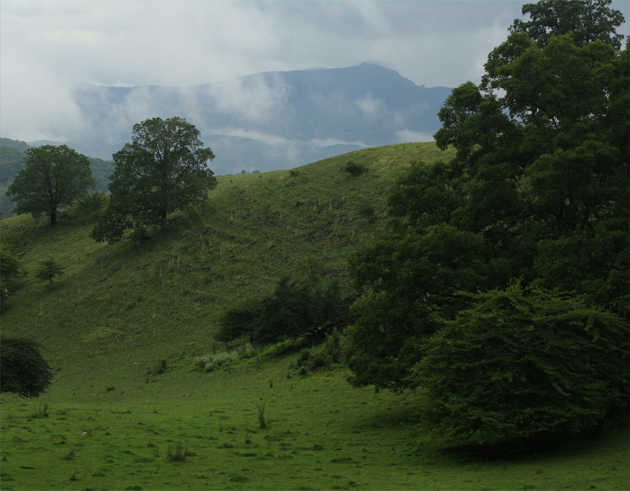
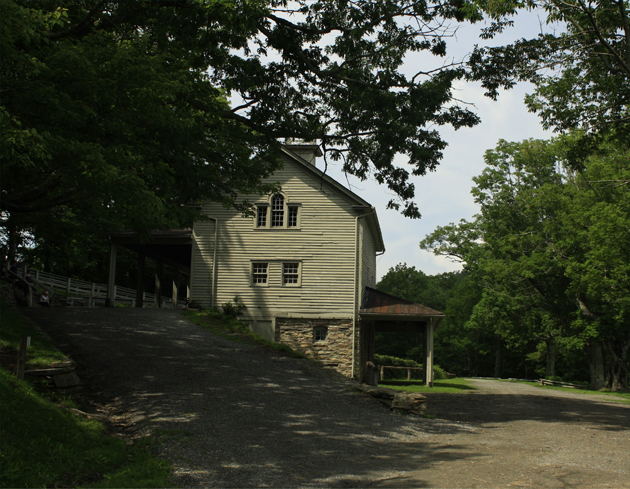
During the Civil War, Major General George Stoneman (1822-1894) and nearly 5,000 troops advanced "Stoneman's Raid" in the western part of North Carolina, corresponding Sherman's destructive march to the east. Major Stoneman had the original mission "to destroy and not to fight battles" and from March to May of 1865 he destroyed Confederate property, livestock, and morale. After his troops succeeded in a skirmish at Boone, Stoneman split his army in two with one installment that built a makeshift rampart near Deep Gap to hold Confederate prisoners. Stoneman and his troops eventually covered over1,000 miles in their destructive trek across western North Carolina, and many historians credit him for separating the Confederate army from much needed supplies, and for preventing Lee and Johnston from escaping to the north.

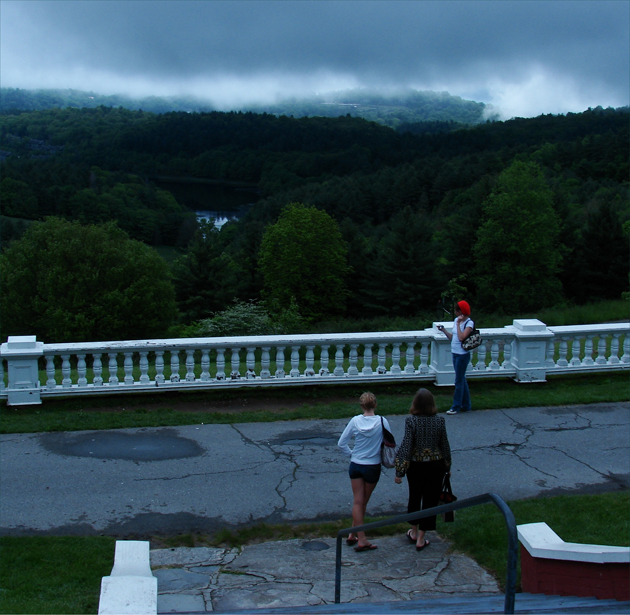
The physical characteristics of Watauga County along with its historic locations and cultural events have established the region as an attraction in western North Carolina. The Watauga River, State Line Ridge, Hanging Rock Ridge, the South Fork of the New River, Dugger Mountain, Egg Knob, and Blowing Rock (a large cliff close to John's River Gorge) are parts of the natural landscape. Museums in the area include the Appalachian Heritage and Cultural Museums, the Hickory Ridge Homestead Museum, the Blowing Rock Stage Company, and the Grandfather Mountain Nature Museum. The Valle County Fair, the Firefly Festival, the Scottish Highland Games, and the Wilderness Bike Ride are a few cultural events held in Watauga County year round.
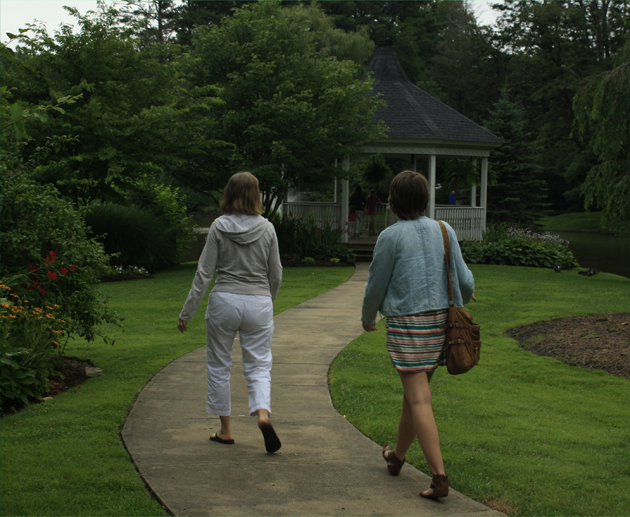
Watauga County is also the home to Appalachian State University, Tweetsie Railroad, and several notable figures. Appalachian State University, or more commonly known as App State, was originally titled Watauga Academy when it opened in 1899. In 1903, the university came under public dominion, training teachers in the mountain region. By the 1970s, the school had instituted a four-year curriculum for a wide range of majors, changed its name to Appalachian State University, and became part of the University of North Carolina school system. The oldest theme park in North Carolina, Tweetsie Railroad features several railroad and western-themed attractions. The influential missionary teacher and Pfeiffer University progenitor, Emily Prudden (1832-1917) established her Skyland Institute in Blowing Rock in 1887. Elliott Dangerfield (1859-1932), a famous American painter, traveled to Blowing Rock in 1886, and the beauty of the mountains inspired his career as an artist. Stanley Harris (1882-1976) was the Boy Scouts Leader who formed the organization's Interracial Service in 1926 retired to Boone.

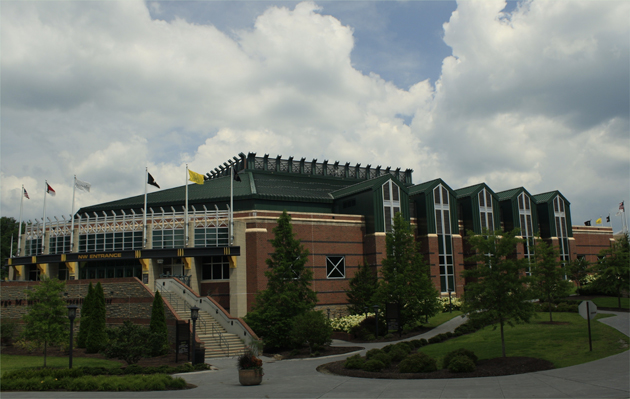
Sources:
"Watauga County." David Leroy Corbitt. The Formation of the North Carolina Counties, 1663 - 1943. (State Department of Archives and History, Raleigh, NC: 1950, 1969). p. 220-23.
"Appalachian State and Watauga County." William S. Powell, ed. Encyclopedia of North Carolina (University of North Carolina Press: Chapel Hill, NC 2006), p. 54-55 and 1182.
North Carolina, 2nd Edition. Hugh T. Lefler and Patricia Stanford. (Harcourt Brace Jovanovich, Inc, New York: 1972). p. 195.
"The Town of Boone, NC." Boone Government Website. http://www.townofboone.net/, (accessed July 29, 2011).
"Emily Prudden." North Carolina Highway Historical Marker Program, North Carolina Department of Cultural Resources Website. http://www.ncmarkers.com/Results.aspx?k=Search&ct=btn, (accessed July 29, 2011).
Elliott Daingerfield." North Carolina Highway Historical Marker Program, North Carolina Department of Cultural Resources Website. http://www.ncmarkers.com/Results.aspx?k=Search&ct=btn, (accessed July 29, 2011).
"Stanley Harris." North Carolina Highway Historical Marker Program, North Carolina Department of Cultural Resources Website. http://www.ncmarkers.com/Results.aspx?k=Search&ct=btn, (accessed July 29, 2011).
| Lessons Learned: How the Partnership for a Healthy North Carolina Avoids Kentucky's Medicaid Reform Mistakes | NC Past, In the Past, Body & Soul | Capital Punishment |






















